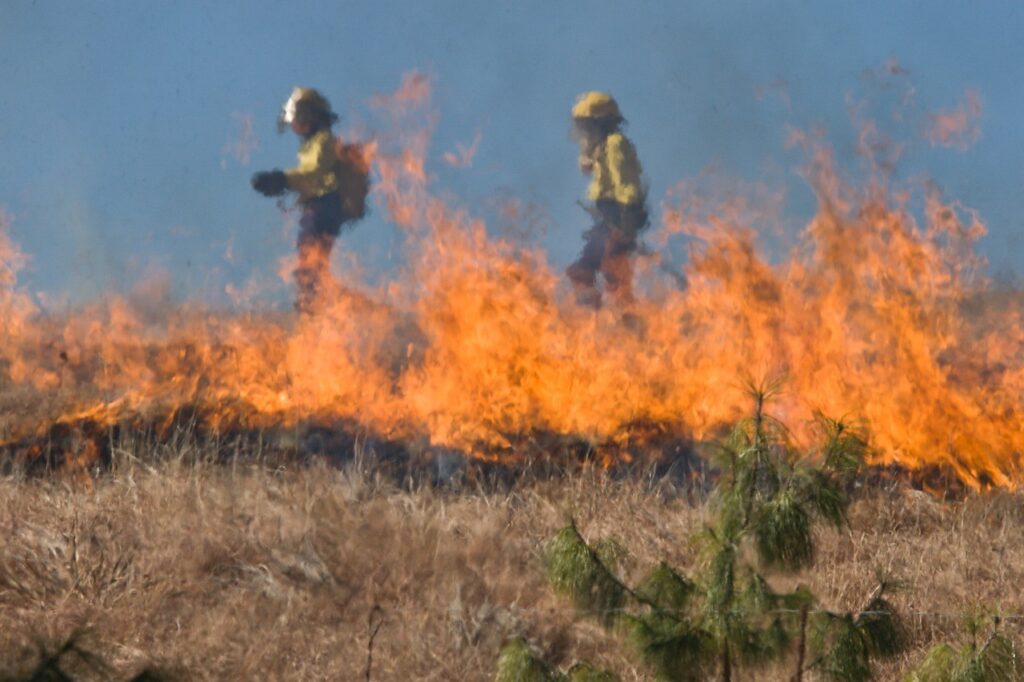At ISK, we have analyzed several studies that compile the causes of firefighter death in wildfires and other work-related scenarios in the United States. The summary of the main causes identified is as follows:
- Aviation-related deaths: Between 2000 and 2013, 26.2% of the 298 firefighter deaths in wildfires were aviation-related, including airplane and helicopter accidents. The main causes of these accidents were engine, airframe, or component failure (24%), pilot loss of control (24%), failure to maintain distance from objects, terrain, or water (20%), and hazardous weather conditions (15%) (according to the study by Butler, O’Connor, & Lincoln, 2015).
- Deaths from Heart Disease: Sudden death from heart disease is the most common cause of duty-related deaths among U.S. firefighters. Most of these deaths are associated with coronary artery disease and an enlarged heart (cardiomegaly or left ventricular hypertrophy) (according to studies by Smith, 2018).
- Line-of-Duty Deaths in Various Activities: Heart-related deaths are significantly associated with specific firefighter duties, such as fire suppression (highest risk), responding to alarms, returning from alarms, and physical training. Fire suppression poses the highest risk, which can be 10 to 100 times higher than non-emergency duties. This is where ISK Fire Survival® can exponentially increase the chances of survival.
- Cardiovascular risk factors: Obesity, hypertension, smoking, and the presence of prior cardiovascular disease are significant predictors of death from coronary artery disease among firefighters. These factors suggest the need for wellness programs and medical screenings aimed at early detection and control of cardiovascular risk factors, according to Geibe’s 2008 analysis.
- Traffic fatalities: Traffic accidents while responding to emergencies or during training are also significant causes of firefighter deaths. Source: Proudfoot and Husting, 2004.
These studies underscore the importance of safety measures, adequate training, and risk management to prevent firefighter line-of-duty deaths. Adoption and compliance with existing recommendations regarding fitness standards and medical evaluations are key.
